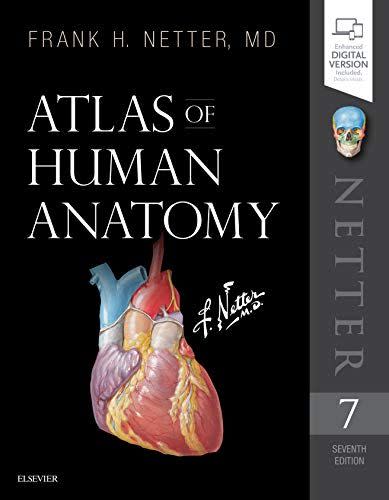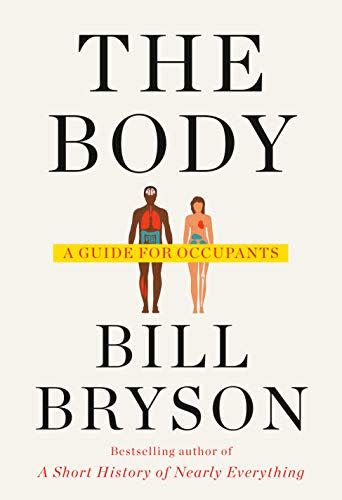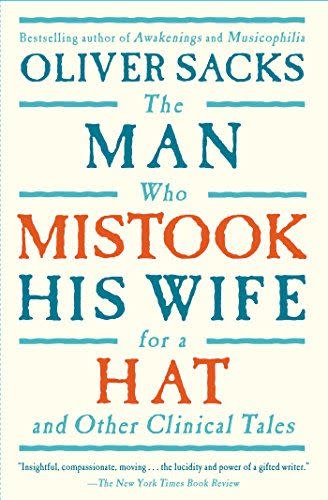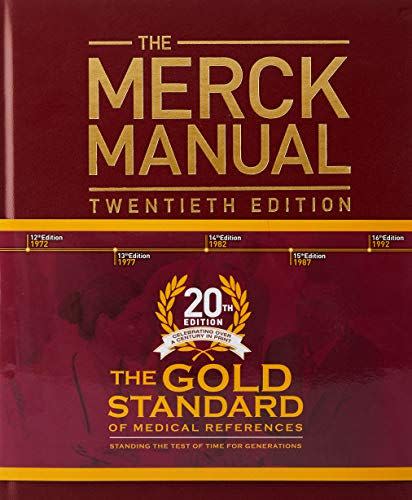AI Solves Momentous Disease-Fighting Problem Decades Ahead of Schedule
"Hearst Magazines and Yahoo may earn commission or revenue on some items through these links."
Google-owned DeepMind has developed a new way to "unfold" disease-causing proteins.
Damaged and folded proteins cause dozens of diseases that affect millions of people.
The AI identifies proteins at about two-thirds the human success rate in a fraction of the time.
Diseases caused by folded proteins in the body are all over the news every day, like cancer, Alzheimer’s, and COVID-19. And now, a Google model powered by artificial intelligence could map these folded proteins in more detail than ever before, allowing scientists to “unfold” proteins and better explore possible treatments.
➡ Read best-in-class science features and get unlimited access to Pop Mech , starting NOW.
With hundreds of millions of proteins and countless lives at stake, scientists say, the AI process has taken decades off of this hard problem.
“There are 200 million known proteins at present but only a fraction have actually been unfolded to fully understand what they do and how they work,” the Independent reports. “Even those that have been successfully understood often rely on expensive and time-intensive techniques, with scientists spending years unfolding each structure and relying on equipment that can cost many millions of dollars.”
Think about buying a croissant and then trying to unfold the layers until you have one flat piece of pastry. And, to further the analogy, anytime you make a tiny tear or dent, you’ve changed what the final product will be. Ensuring that they understand “factory-made” standard iterations of these proteins is a key way scientists can study the tiny ways protein defects cause catastrophic disease.
Google subsidiary DeepMind's protein software AlphaFold is racing to model folded proteins. The key here is speed, because the AI is far faster than human scientists doing the same work and, so far, has reached two-thirds of their accuracy in just a matter of days. Even accounting for the human work to confirm results, this is a huge improvement. Problems previously considered intractable are back in the realm of possibility.
"This computational work represents a stunning advance on the protein-folding problem, a 50-year-old grand challenge in biology," Professor Venki Ramakrishnan, Nobel Laureate and president of the Royal Society, told the Independent. "It has occurred decades before many people in the field would have predicted. It will be exciting to see the many ways in which it will fundamentally change biological research."
Atlas of Human Anatomy (Netter Basic Science)

Atlas of Human Anatomy (Netter Basic Science)
amazon.com
$82.98
AmazonThe Body: A Guide for Occupants

The Body: A Guide for Occupants
amazon.com
$16.22
AmazonThe Man Who Mistook His Wife For A Hat: And Other Clinical Tales

The Man Who Mistook His Wife For A Hat: And Other Clinical Tales
amazon.com
$9.99
AmazonThe Merck Manual of Diagnosis and Therapy

The Merck Manual of Diagnosis and Therapy
amazon.com
$68.90
The problems humans and computers have with proteins are very different. This, in turn, relates back to the kind of human brain peculiarities that groups like DeepMind study to begin with. It’s easy for humans to imagine, say, a shiny red apple. That’s a three-dimensional object that we understand has texture and mass. We imagine the color and size and how it smells, and we construct an apple using pieces from different parts of our minds combined with memories.
Assigning attributes to an object in a computer, however, is both simpler and more complex. It’s a matter of listing and assigning qualities using code, which is easy to do, but hard to master. And the human brain works so instantaneously and in such depth that we’d need countless coded “attributes” to form the kind of mental image of an apple from the human brain.
Humans struggle with the fine, delicate, fussy structure of these proteins. Computers struggle with the big computational lift of processing a full 3D structure.
The way forward could very well be a hybrid of protein-recognizing AI that is confirmed and then continued by scientists. Indeed, by shortening the protein cataloguing process by decades, these scientists say they could radically change the way these diseases are treated.
Watch This:
You Might Also Like
